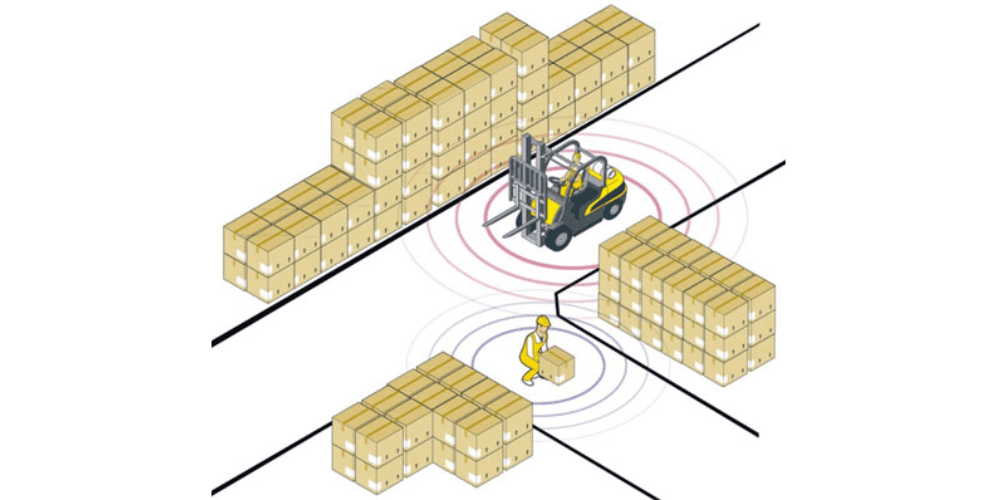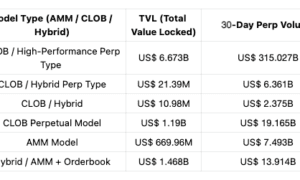Proximity sensors have witnessed significant advancements in recent years, driven by the rapid progress of technology. As industries increasingly rely on accurate object detection and automation, proximity sensor technology continues to evolve.
IoT Integration: Enabling Connectivity and Data Exchange
The Internet of Things (IoT) revolution has paved the way for the integration of proximity sensors into networked systems. Proximity sensors can now communicate with other devices and systems through wireless connectivity, such as Wi-Fi or Bluetooth. This integration enables real-time data exchange, remote monitoring, and control, allowing for more efficient and intelligent automation processes. With IoT integration, proximity sensors can transmit valuable information to cloud platforms for data analysis and decision-making.
Miniaturization: Smaller Size, Greater Versatility
Miniaturization is a key trend in proximity sensor technology, enabling smaller sensor sizes with improved performance. Smaller sensors offer greater flexibility in integration and placement within compact or space-constrained environments. Miniaturization also enhances portability in portable devices or wearables, allowing for seamless integration without compromising functionality. With advancements in microelectronics and manufacturing techniques, proximity sensors continue to become smaller, more versatile, and capable.
Advanced Sensing Abilities: Multi-functional and Adaptive Sensors
Proximity sensors are evolving to possess advanced sensing abilities, making them multi-functional and adaptive. Sensor technologies, such as capacitive, inductive, and photoelectric, are being combined or enhanced to provide more comprehensive object detection capabilities. For example, advanced proximity sensors can detect not only proximity but also factors such as object material, color, and size. This enables more precise, context-aware decision-making in automation systems, enhancing performance and versatility.
Energy Efficiency: Optimizing Power Consumption
As sustainability becomes increasingly important, energy efficiency is a crucial consideration in proximity sensor technology. Emerging trends focus on optimizing power consumption without compromising performance. Proximity sensors are being designed and engineered to consume minimal power during standby or idle states, allowing for extended battery life in battery-powered devices or reducing overall power requirements in industrial applications. Energy-efficient sensors contribute to reducing environmental impact and improving the cost-effectiveness of proximity sensor implementations.
Enhanced Durability and Reliability: Harsh Environment Compatibility
Another notable trend in proximity sensor technology is the continuous improvement of durability and reliability. Sensors are being designed to withstand harsh environmental conditions, such as extreme temperatures, moisture, vibration, and exposure to chemicals. This ensures their longevity and consistent performance in demanding industrial settings. Enhanced durability also reduces maintenance requirements and downtime, leading to cost savings and improved operational efficiency.
Collaborating with a Proximity Sensor Company: Staying Ahead of Trends
To benefit from these emerging trends in proximity sensor technology, collaboration with a reputable proximity sensor company is vital. A trusted company, such as a capacitive proximity switch supplier, can provide expertise and guidance on the latest advancements and help in choosing sensors that align with specific industry requirements. They have a deep understanding of emerging trends and can offer high-quality sensors designed to meet the demands of modern applications.
Customization and Application-Specific Solutions
Proximity sensor companies are emphasizing customization and application-specific solutions to meet diverse industry needs. They work closely with customers to understand their unique requirements and develop tailored proximity sensor solutions. Whether it’s adapting to specific environmental conditions, integrating with specialized equipment, or meeting industry compliance standards, collaboration with a proximity sensor company ensures the availability of custom-designed sensors that deliver reliable and accurate performance.
Quality Assurance and Technical Support
Proximity sensor companies prioritize quality assurance and provide comprehensive technical support. They conduct rigorous testing to ensure that proximity sensors meet industry standards and comply with relevant regulations. Additionally, proximity sensor companies offer dedicated technical support throughout the product life cycle, providing guidance in sensor selection, installation, troubleshooting, and maintenance. This level of support is essential in maximizing the benefits of proximity sensor technology and ensuring a smooth and efficient integration process.
Conclusion
Emerging trends in proximity sensor technology, including IoT integration, miniaturization, advanced sensing abilities, energy efficiency, and enhanced durability, are transforming industries and automation systems. Staying updated with these trends and collaborating with a reputable proximity sensor company is essential to harness the full potential of these advancements. Whether it’s a capacitive proximity switch supplier or another trusted provider, partnering with a proximity sensor company ensures access to high-quality sensors that meet specific industry requirements. By embracing these emerging trends, industries can benefit from more intelligent, versatile, and reliable proximity sensor solutions, leading to enhanced automation processes, improved efficiency, and increased competitiveness.



































